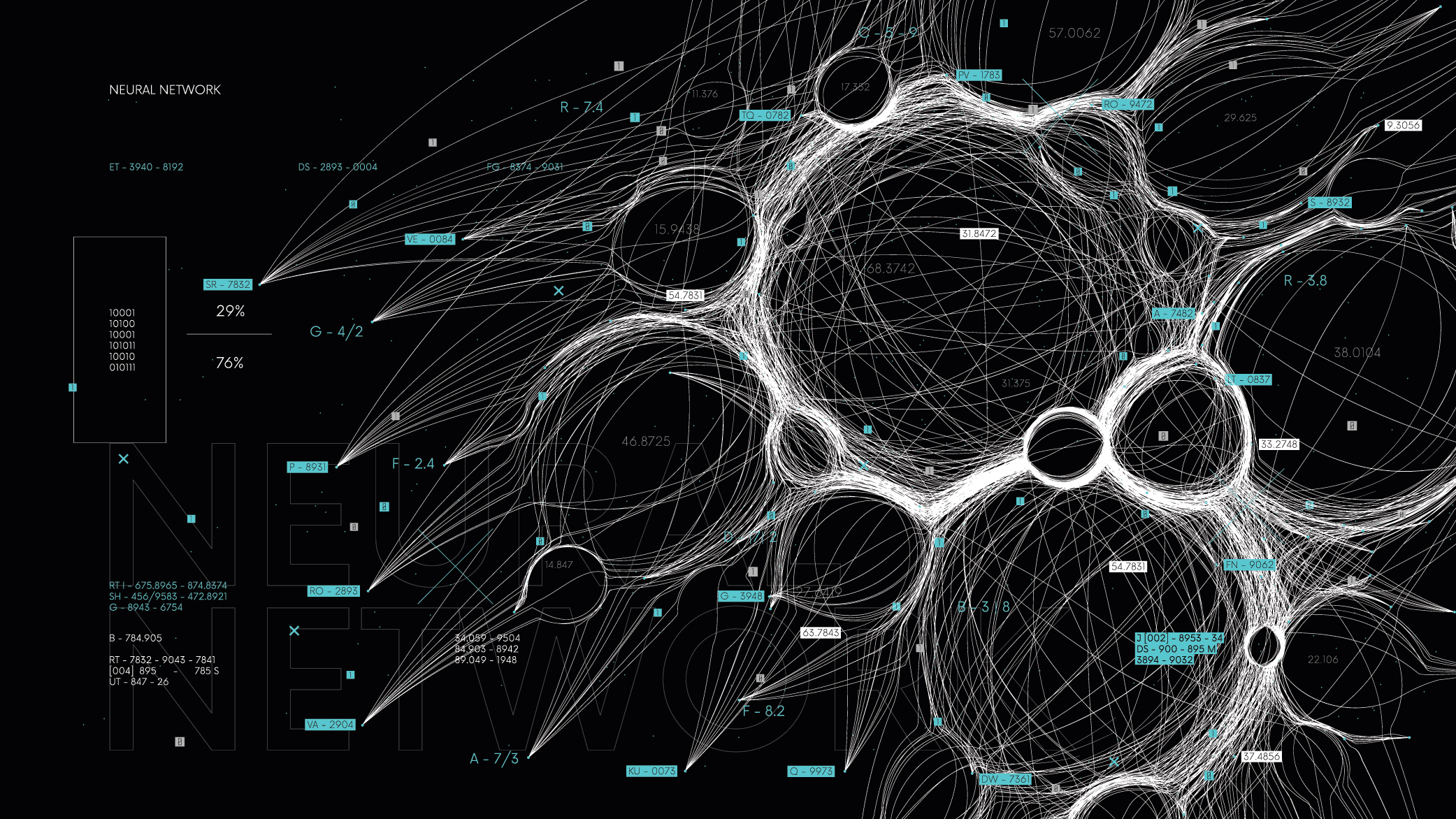Overview
Neural networks, also known as artificial neural networks (ANNs), are a class of machine learning models designed to recognize patterns and solve complex problems by mimicking the structure and function of the human brain. They consist of interconnected nodes, or neurons, organized into layers that process input data to produce outputs. These models have become fundamental in various applications, including image and speech recognition, natural language processing, and autonomous systems.
Structure and Function
A typical neural network comprises three main types of layers:
- –Input Layer: Receives the initial data for processing.
- –Hidden Layers: Perform computations and extract features from the input data.
- –Output Layer: Produces the final result or prediction.
Each neuron within these layers processes inputs by applying a weighted sum followed by an activation function, determining whether the neuron should activate and pass information to the next layer. The connections between neurons have associated weights, which are adjusted during the training process to minimize the difference between the network's predictions and actual outcomes. This adjustment is typically achieved through a method called backpropagation, which propagates the error backward through the network to update the weights accordingly.
Types of Neural Networks
Several specialized architectures of neural networks have been developed to address specific tasks:
- –
Feedforward Neural Networks: The simplest type, where connections between the nodes do not form cycles. Information moves in one direction—from input nodes, through hidden nodes (if any), to output nodes. These networks are commonly used for straightforward classification tasks.
- –
Convolutional Neural Networks (CNNs): Designed for processing structured grid data like images. CNNs utilize convolutional layers that apply filters to detect spatial hierarchies in data, making them highly effective for image and video recognition tasks.
- –
Recurrent Neural Networks (RNNs): Suitable for sequential data, such as time series or natural language. RNNs have connections that form cycles, allowing information to persist across time steps, which is essential for tasks like language modeling and speech recognition.
- –
Transformer Models: Introduced in 2017, transformers have revolutionized natural language processing by enabling parallel processing of input data and capturing long-range dependencies through self-attention mechanisms. They serve as the foundation for models like GPT-4 and BERT.
Training Process
Training a neural network involves several key steps:
- –Initialization: Assign random weights to the connections between neurons.
- –Forward Propagation: Pass input data through the network to generate an output.
- –Loss Calculation: Compare the network's output to the actual target using a loss function to measure the error.
- –Backpropagation: Compute the gradient of the loss function with respect to each weight by propagating the error backward through the network.
- –Weight Update: Adjust the weights using an optimization algorithm, such as gradient descent, to minimize the loss.
- –Iteration: Repeat the process for multiple epochs until the network's performance reaches a satisfactory level.
Applications
Neural networks have been applied across a wide range of fields:
- –
Computer Vision: Tasks like image classification, object detection, and facial recognition rely heavily on CNNs to interpret visual data.
- –
Natural Language Processing (NLP): Models like transformers are used for machine translation, sentiment analysis, and text generation.
- –
Speech Recognition: RNNs and their variants process audio data to convert speech into text, enabling voice-activated systems.
- –
Healthcare: Neural networks assist in medical diagnosis, drug discovery, and personalized treatment plans by analyzing complex datasets.
- –
Finance: Applications include fraud detection, algorithmic trading, and risk assessment.
- –
Autonomous Vehicles: Neural networks process sensor data to make real-time driving decisions.
Recent Advancements
Advancements in neural network research have led to the development of more efficient and effective models:
- –
Capsule Networks: Introduced by Geoffrey Hinton, capsule networks aim to improve image recognition by understanding spatial hierarchies and relationships between features, addressing limitations of traditional CNNs.
- –
Physics-Informed Neural Networks (PINNs): These networks incorporate physical laws into the learning process, enabling the solution of complex differential equations more effectively than traditional numerical methods.
- –
Continual Learning: Efforts are underway to develop neural networks capable of learning new tasks without forgetting previously learned information, addressing the challenge of catastrophic forgetting.
Challenges and Considerations
Despite their successes, neural networks face several challenges:
- –
Data Requirements: Training deep networks often requires large datasets to achieve high performance.
- –
Computational Resources: The training process can be resource-intensive, necessitating significant computational power and energy consumption.
- –
Interpretability: Neural networks are often considered "black boxes," making it difficult to understand how they arrive at specific decisions.
- –
Bias and Fairness: Networks can inadvertently learn and perpetuate biases present in the training data, leading to ethical concerns.
Addressing these challenges is crucial for the responsible development and deployment of neural network-based systems.
Key Figures
Pioneers in the field of neural networks include:
- –
John Hopfield: Recognized for his work on Hopfield networks, which introduced concepts of associative memory in neural networks.
- –
Geoffrey Hinton: A leading figure in deep learning, known for his contributions to backpropagation and the development of capsule networks.
Their foundational work has significantly influenced the evolution of neural network research and applications.
Future Directions
The field of neural networks continues to evolve, with ongoing research focused on:
- –
Improving Efficiency: Developing models that require less data and computational resources.
- –
Enhancing Interpretability: Creating methods to make neural network decisions more transparent and understandable.
- –
Addressing Ethical Concerns: Implementing strategies to mitigate bias and ensure fairness in neural network applications.
As these efforts progress, neural networks are expected to play an increasingly integral role in advancing artificial intelligence and its applications across various sectors.
